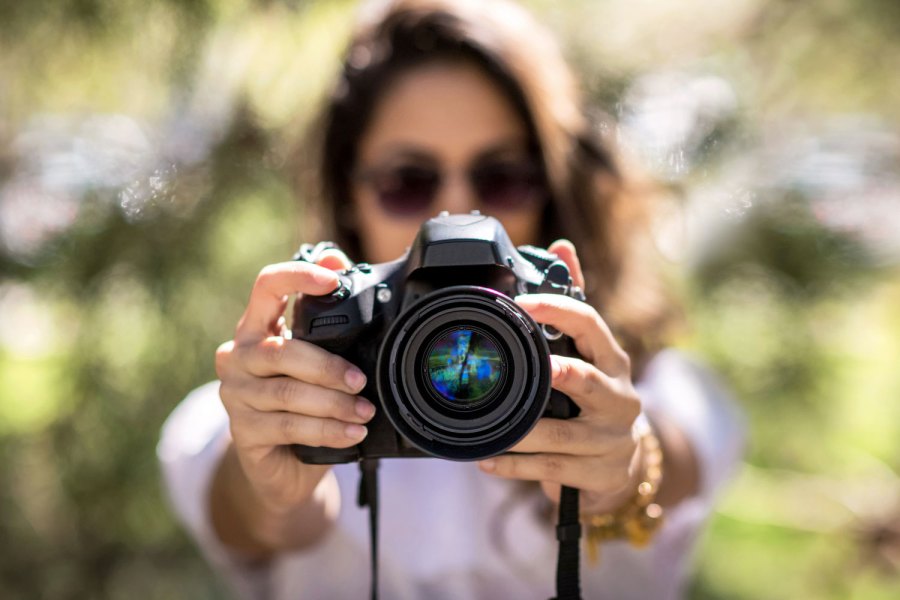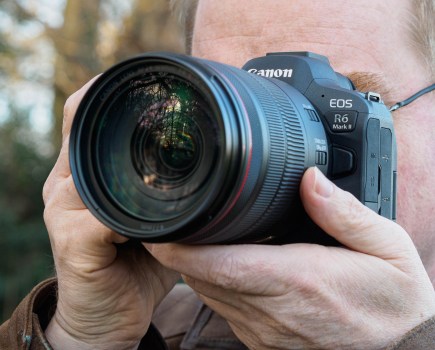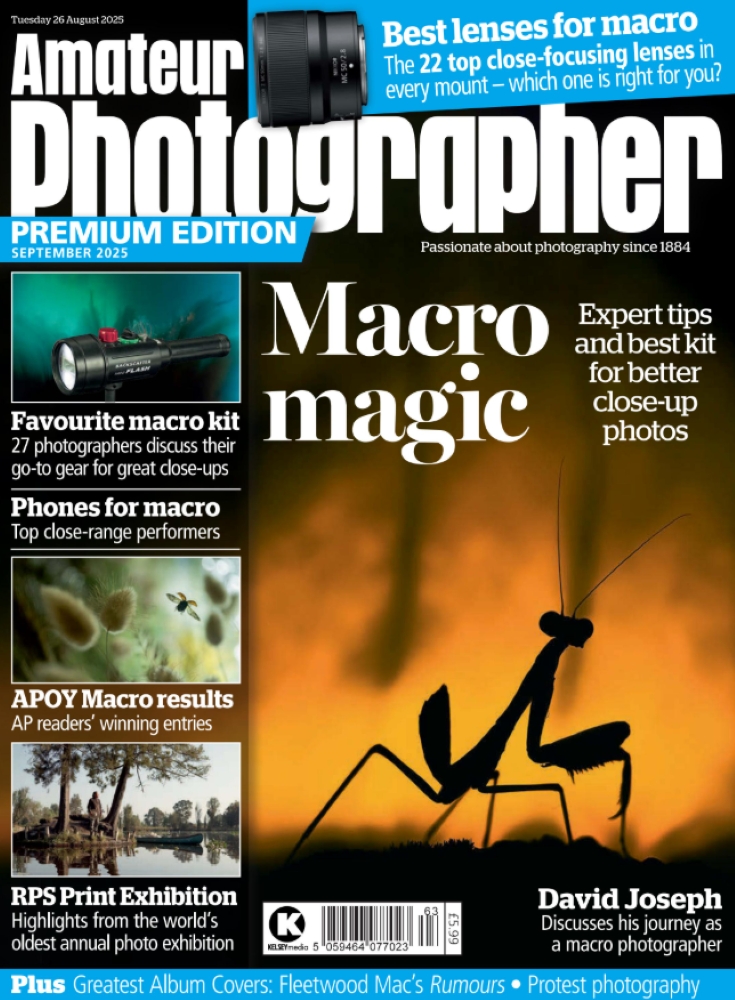Pretty much all of the big camera manufacturers (with the exception of Pentax) moved towards sleeker and lighter mirrorless models some time ago with both Canon and Nikon bringing out their last ever DSLRs in 2020 with the Canon EOS-1DX Mark III and Nikon D6 respectively. Other manufacturers like Olympus and Panasonic never had a horse in the DSLR race and fully embraced the mirrorless revolution from the get go with their shared Micro Four Thirds compact sensor format.
Losing the mirror box inherent in DSLRs allowed engineers to create lighter and leaner models and also allowed the rear lens element to be placed closer to the camera sensor. This is called a shorter ‘flange’ distance and with this distance reduced also means optics can be made to a higher quality.
So, with all that said, why would I be suggesting that photography students invest in these older systems? Well, if there’s one thing I know about students it’s that money is tight, and with huge waves of photographers cashing in their DSLRs for the latest mirrorless models, there’s some absolute steals to be picked up online if you’re willing to use perfectly good, but slightly older tech. On the second-hand market Canon’s EOS 5D Mark II can be picked up for $250/£219, while a Nikon D700 will only set you back $350/£290 – both are full-frame interchangeable lens bodies available for an absolute bargain.
You can even get an EOS-1DX Mark II for a little over $600/£500 which absolutely blows my mind, considering this was the professional’s camera of choice for high speed events, weddings and sports back just 10 years ago – once a $/£5,200 camera, now easily accessible to students with much less cash to burn.
My other reasoning for students to get a DSLR is that you’ve probably got access to the latest mirrorless kit at college or university so there’s little point spending your hard-earned cash on kit that you can get hold of for free at your school, uni or college – when I say free, I really mean included with your tuition fees – you’re paying for it so you may as well make use of it!
That being said, you do have to work a little harder to get the best shots with DSLRs, many don’t have flip or touch screens and modern conveniences like face detection and subject tracking were either non existent or in their infancy – however, as I grew up and cut my teeth shooting on DSLRs I think this made me a sharper and more well-rounded photographer with less automation to rely on, so this is perhaps no bad thing.
My final thought on why I think DSLRs would be a brilliant choice for students looking to get into photography, is in addition to the camera bodies themselves being very affordable, the lenses for them are equally much more affordable than their mirrorless counterparts, especially if you go for second-hand DSLR lenses.
DSLR lenses are often better optically too, and aim to fix optical distortions in the lens itself rather than relying on in-camera corrections to do this digitally. As DSLRs were around for over three decades, there’s a huge range of lenses and iterations to choose from, most at very reasonable prices.
Related reading:
- Are DSLRs really still better than mirrorless cameras?
- The best DSLR camera to buy: great deals on all-time classics
- Why 80% of photography gear advice is wrong
The views expressed in this column are not necessarily those of Amateur Photographer magazine or Kelsey Media Limited. If you have an opinion you’d like to share on this topic, or any other photography related subject, email: ap.ed@kelsey.co.uk








